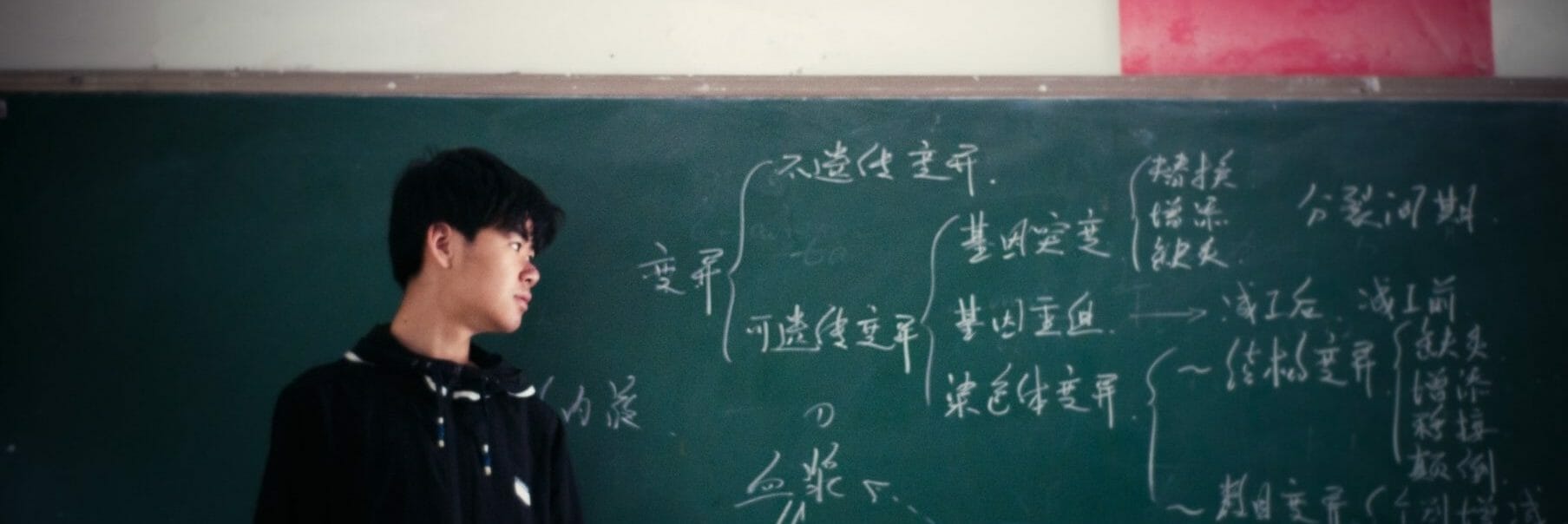
Articles
K-12
7 Takeaways About Technology in the Classroom from Cambridge International’s Global Education Census Report
By Henry Kronk
November 15, 2018
Cambridge Assessment International Education, a not-for-profit subsidiary of Cambridge University that administers numerous assessments such as the A-Levels taken in the U.K. and elsewhere, issued a wide-ranging online survey in the early months of 2018 in 10 countries around the world. While broad, many questions revolved around technology in the classroom. On Wednesday, they published the results in their 2018 Global Education Census Report.
The survey—which was written in English—was answered by students and teachers from Argentina, China, India, Indonesia, Malaysia, Pakistan, Saudi Arabia, South Africa, Spain, and the U.S. In all, 9,397 students aged 12-19 and 10,209 teachers responded.
The census report reflects on numerous technology and edtech trends that have begun to ripple through education systems around the world. In the words of Cambridge International Chief Executive Michael O’Sullivan, “Our survey results show that technology has become an established feature of school life in many countries, with students using computers, tablets, smartphone, and other devices to complete assignments.”
“The increased use and prevalence of technology is why we have invested in offering teachers and school leaders a variety of resources and professional development on incorporating technology in the classroom,” he said in a press release.
1. Technology in the classroom is on the rise.
While attitudes toward devices in the classroom in many countries like the U.S. and France remain icy, nearly half (48%) of the respondents report they use desktops in class. In addition, “42% use a smartphone, a third (33%) say smartboards are used and one in five (20%) use a tablet,” according to the report.
2. New technology is augmenting, not replacing, traditional classroom tools.
While a near majority of classrooms use some kind of device, the Cambridge International study found that analog technology remains far more popular. “Nine in ten students (90%) use a pen and paper during lessons, while almost threequarters (73%) say a whiteboard, which is used with marker pens, is used in their lessons and 35% a blackboard,” the survey reports.
3. Technology in the classroom is reflected in homework.
The technology trends seen in the classroom are reflected in how students do their homework. Just like in the classroom, technology tends to augment, not replace, school work done outside of class. “Two-thirds of students (65%) do their homework on a laptop, but almost all students (98%) still use pen and paper. Nearly two-thirds of students (64%) say they use a smartphone to do their homework, with students in Argentina using smartphones the most (84%). Students in the US are most likely to use a laptop when doing their homework (85%).”
4. Use of technology varies by country.
While in-class tablet use tends to be lower than desktop and mobile devices around the globe, China marks a significant outlier. Roughly 50% of Chinese teachers and students report using a tablet in class. China isn’t the only anomaly. “Other countries show above-average preferences for different tools: the US leads on smartboards, with six in ten students (59%) using these, versus the 33% global average. The US also lead on smartphone use (74%) and whiteboards are most popular in Indonesia (92%) and Malaysia (90%). India stands out among the countries surveyed for its low adoption of new technologies and the continued dominance of traditional materials in the classroom. Students in India are least likely to use smartphones in lessons (16%, versus the 42% global average) or to reference use of whiteboards in their classroom (52%, versus a global average of 73%).”
5. Tutoring is gaining in popularity.
“Private tuition outside school is now common across the world, with students in Asia most likely to receive extra lessons. Students in China were most likely to say they have lessons outside school, but India is close behind: 55% of students there have a private tutor or coach outside school hours.”
The authors of the report point this out as a worrying phenomenon. Why, the wonder, is classroom education not enough?
6. Nearly a third of learners surveyed have taken an online class outside of normal study.
“Additionally, three in ten students (31%) globally have taken an online course that was not part of their schoolwork in the past 12 months – a trend we might expect to grow over time.”
This comes as no surprise. Free online classes such as MOOCs and Khan Academy videos are made available to more and more learners as ICT systems around the world continue to develop and the cost of data continues to drop.
7. Learners wanna learn.
“The aspirations of students around the world are high, with the overwhelming majority (91%) saying they would like to continue their studies at university after finishing school. According to research from The Economist, however, just 32% of the student-age population were enrolled in further education in the two decades to 2012. This suggests many young people face barriers to attending university. Just 3% of students globally say they want to go straight into a job or an apprenticeship scheme, and the same proportion want to take a year off.”
This marks another troubling phenomenon. Most learners around the world–or at least those who took the survey–want to be high achievers. Hopefully, as technology develops, the barriers of degree attainment will continue to drop.
Read the full report here.









No Comments